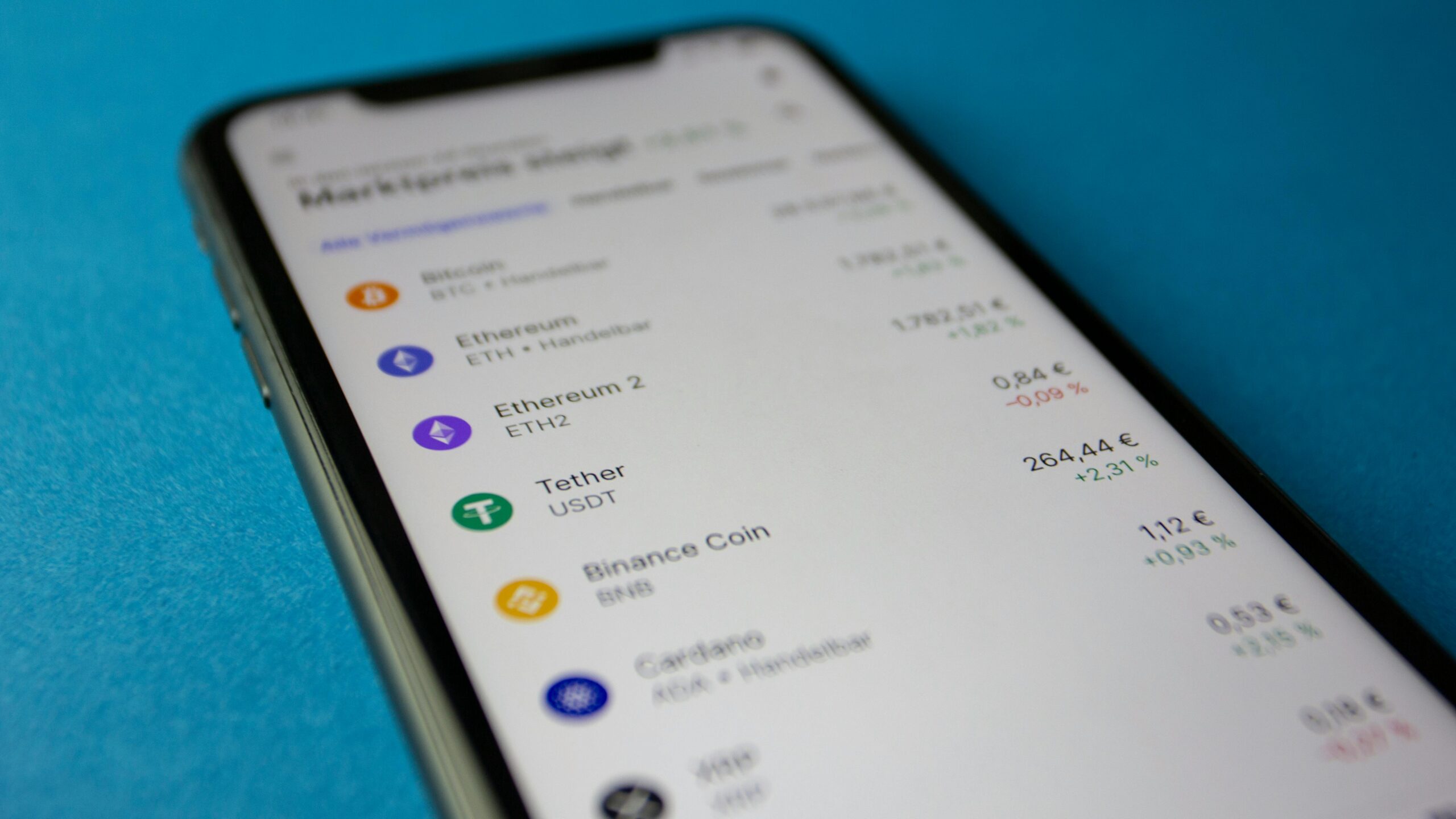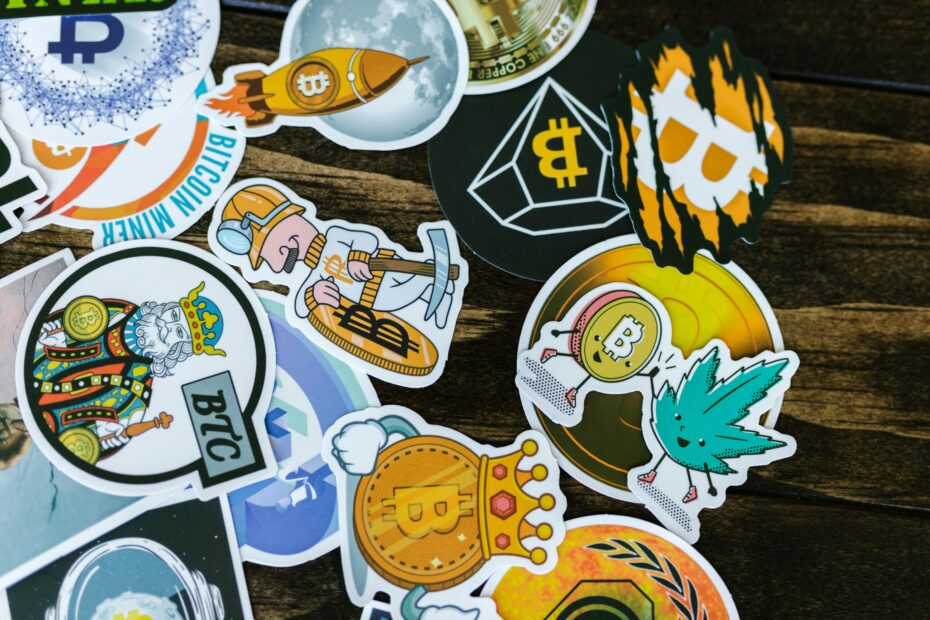Binance, one of the world’s largest cryptocurrency exchanges, delists certain altcoins from their platform from time to time. This may seem alarming to traders and investors, but this process follows specific guidelines and is critical in maintaining a high standard for the listed tokens. Understanding why Binance deletes an altcoin, how the process works and how it affects those that are holding the deleted tokens is essential for making informed financial and investment decisions.
Why does Binance delist an altcoin?
Binance chooses to delist altcoins for a variety of reasons. Here are some of the most common:
Low trading volume of an altcoin
The most frequent reason for deleting tokens is low trading volumes. If a token is not actively traded, this can lead to liquidity issues. This means that it becomes harder for users to buy and sell the coin for market value. As trading volume slows down and dries up, there may not be enough buyers or sellers to match the demand. This leads to wider spreads and trading conditions that are not efficient. Binance wants to make sure that the coins that are listed on their platform offer a smooth trading experience, and tokens that don’t match this criteria are often delisted.
Security risks
Security is one of Binance’s top priorities. If an altcoin has vulnerabilities, or if the underlying technology is compromised, Binance may choose to delist the token. Examples of this include hacks, weak encryption or other security flaws that can put investors assets at risk. Binance try to avoid any association with coins that have shown themselves to be risky from a technical point of view.
Security risks can also involve coins that fail to comply with local laws. Binance may choose to delete coins to avoid legal problems. This is especially true in cases where a coin is linked to illegal or sketchy activities, like fraud or money laundering.
Inactivity or project issues with the altcoin
In some cases, a project may fail to meet its milestones or to show any significant progress. Cryptocurrencies are more than only tradeable assets. They are often tied to projects with underlying technologies. If a project like this becomes stagnant and does not show future plans, Binance can decide that the coin no longer meets its standards. By delisting these coins, they can maintain the overall quality of coins that they offer on the platform.
The delisting process of an altcoin on Binance
If Binance decides to delist an altcoin, the process is usually transparent and clear. They regularly review all the tokens on their platform. After these reviews, certain tokens can get flagged for potential delisting. Binance usually issues warnings ahead of time, and these warnings can include updates about the coin’s performance, future plans or legal challenges they may be facing.

Once Binance announces that they are going to delete a coin, they provide a timeline. This gives users time to take action, like selling their holdings, or transferring them to external wallets. During this period the coin can still be traded, but after this period passes, the trading is stopped. Users then get given a small amount of time to withdraw their funds before the coin is completely removed from the platform.
How delisting affects traders and investors
For traders and investors, the delisting of a coin can lead to several challenges.
- Liquidity issues and panic selling
When an altcoin is delisted, the liquidity slows down and dries up quickly. This means that it becomes much more difficult to buy or sell the coin at a favourable price. The immediate reaction of a coin’s delisting is often a big drop in the coin’s value, because traders rush to get rid of the coin. This is also called panic selling.
- Limited trading options
After a coin is delisted, it can be difficult to find another trading platform that still offers it. Many exchanges follow Binance’s lead in matters like these, especially if the situation is based on legal or security concerns. This leaves investors with limited options to trade their holdings of the coin.
What to do if you are holding a delisted coin?
If you are holding an altcoin that is soon going to be delisted, or is already delisted, it is critical to act smart. Here are a few steps you can take.
- Withdraw your funds
In the period before the coin is going to get delisted you can still withdraw your funds to a private wallet or another exchange. After the delisting happens, Binance disables trading and withdrawals, so you will have less options.
- Find alternative exchanges
If you strongly believe in the future of this project, or in the potential that they offer, look for other exchanges that still offer the trading of this coin. Smaller platforms may continue to list is. But keep in mind that they don’t have the same level of security and liquidity as Binance. Keep an eye out for updates from the team that own the project and see if the project regains momentum or relists on a major platform in the future.
Examples of delisted altcoins
In the recent future we have seen some altcoins getting delisted. We have for instance seen that very recently the coins from PowerPool (CVP), VGX token (VGX) and ForTube (FOR) have been removed. There have also been some famous instances of big coins getting removed. Two good examples of this are BitTorrent (BTT) and Terra (LUNA). Both of these coins were delisted in 2022. BitTorrent had a large community, but legal uncertainty led to its delisting. After the Terra ecosystem collapsed in 2022, Binance delisted the original LUNA token to protect investors from the sudden crash and instability.
Conclusion
Binance’s delisting process is designed to protect its users from risky or low quality coins. While delisting can be quite inconvenient or stressful for traders, it is often necessary to maintain the quality and security of the platform. Understanding why coins get delisted, how the process works and what to do if you are holding a delisted coin can help you navigate the cryptocurrency world more effectively.
By keeping an eye on the altcoins that you hold, being up to date with their future plans and following Binance’s announcements, you can minimize the risk that is associated with delistings and make smarter and well thought out decisions.
References
Binance delisting altcoins 2024
What to do when your altcoin is going to get delisted
